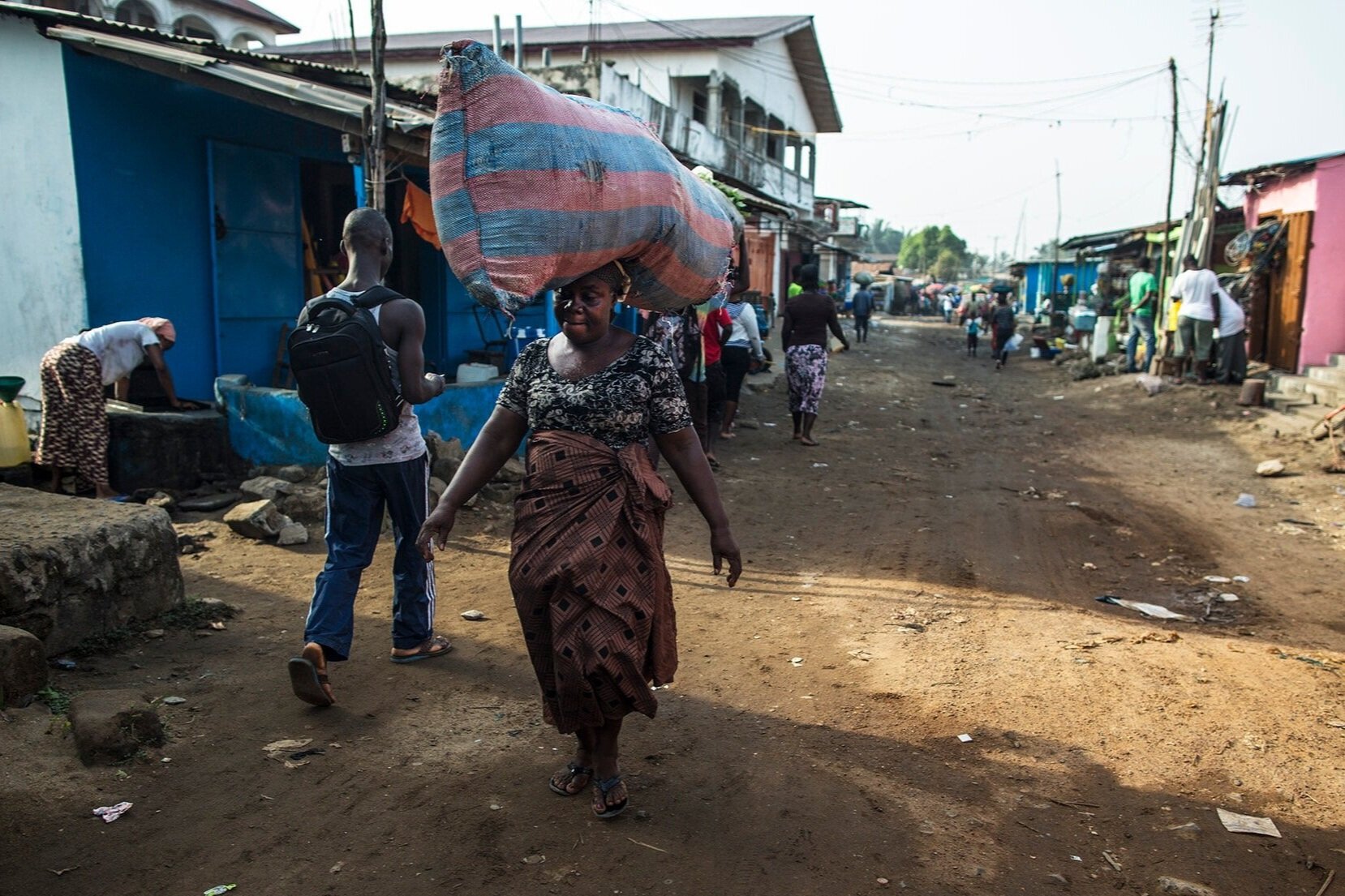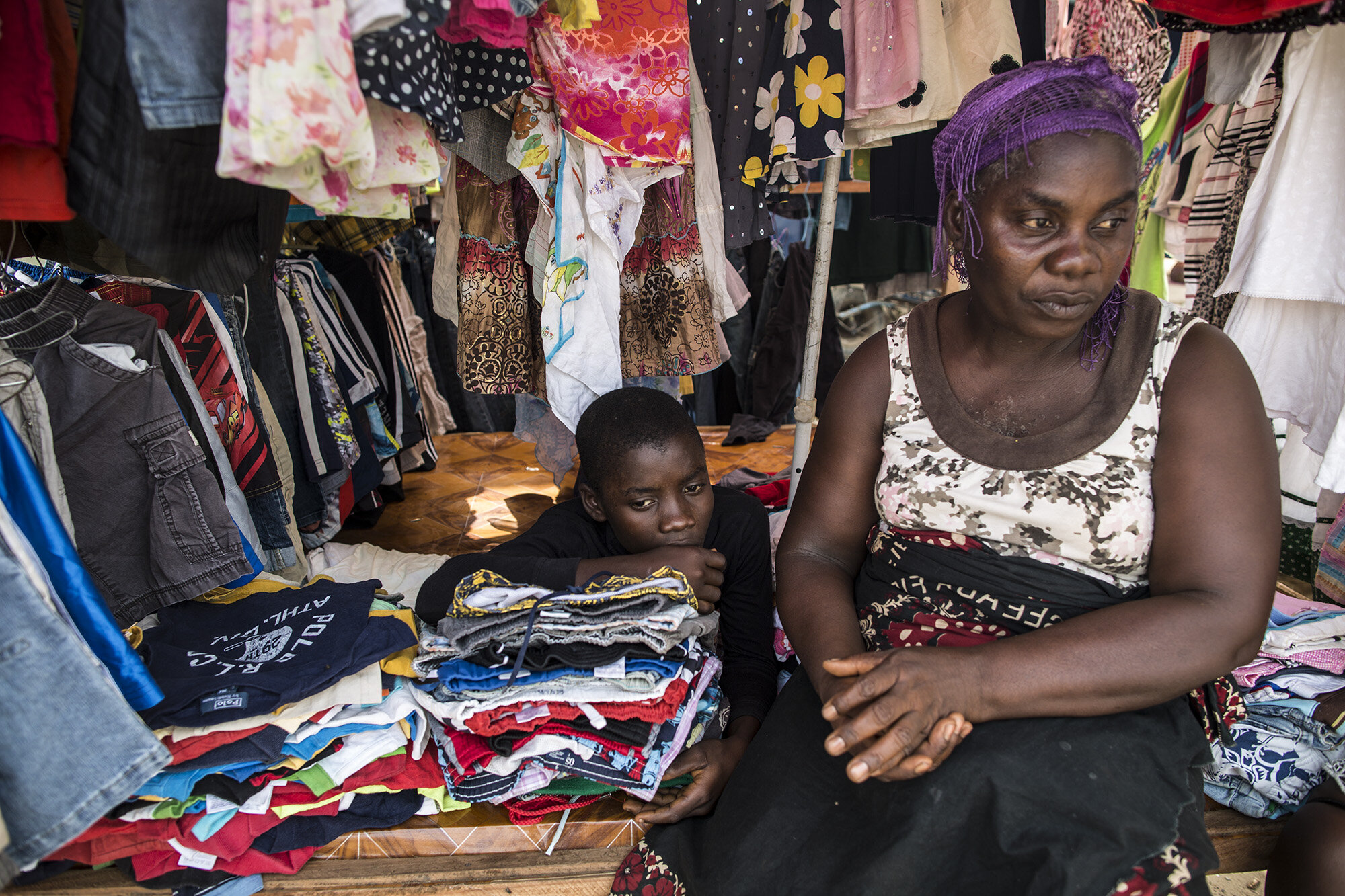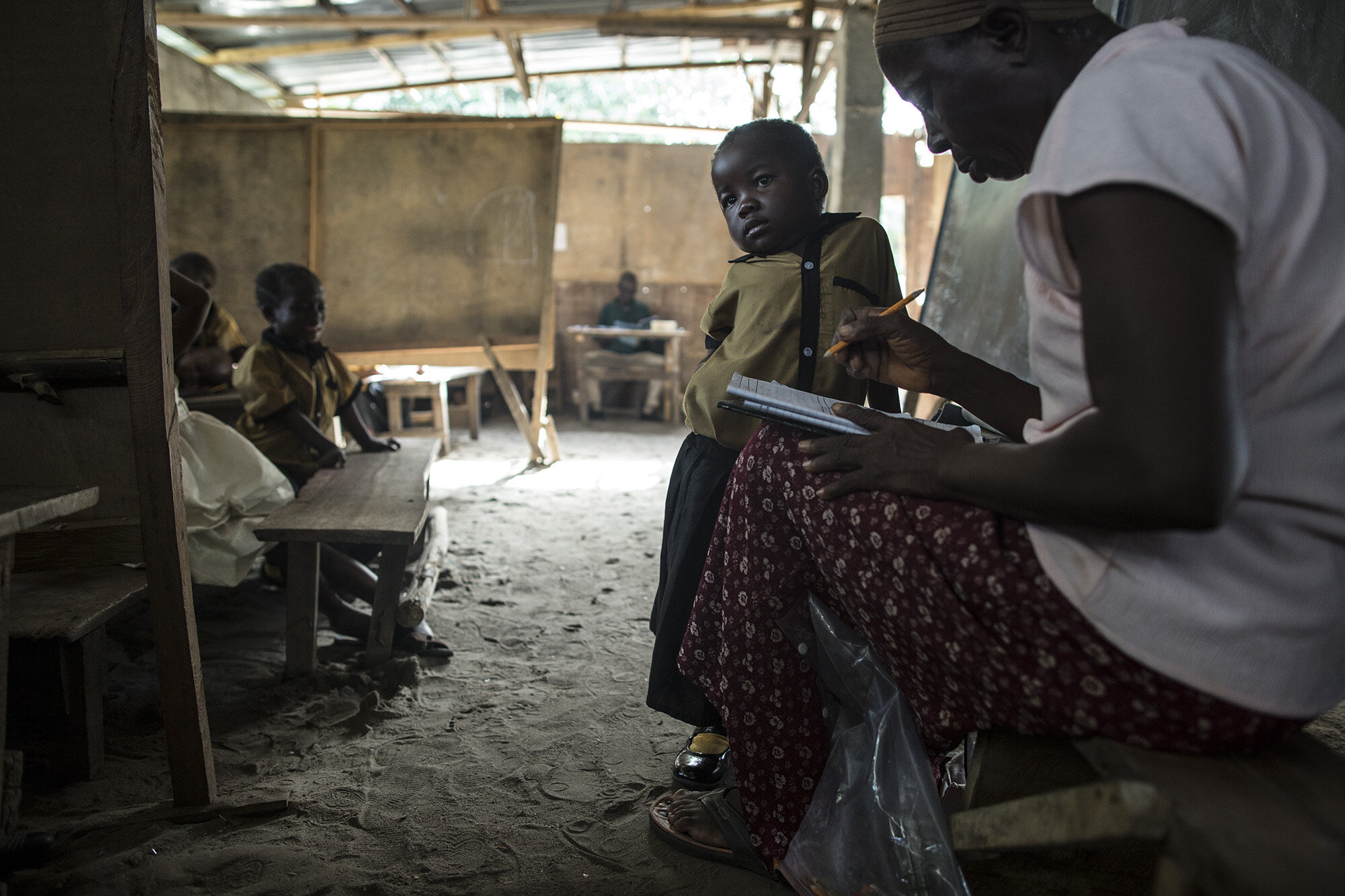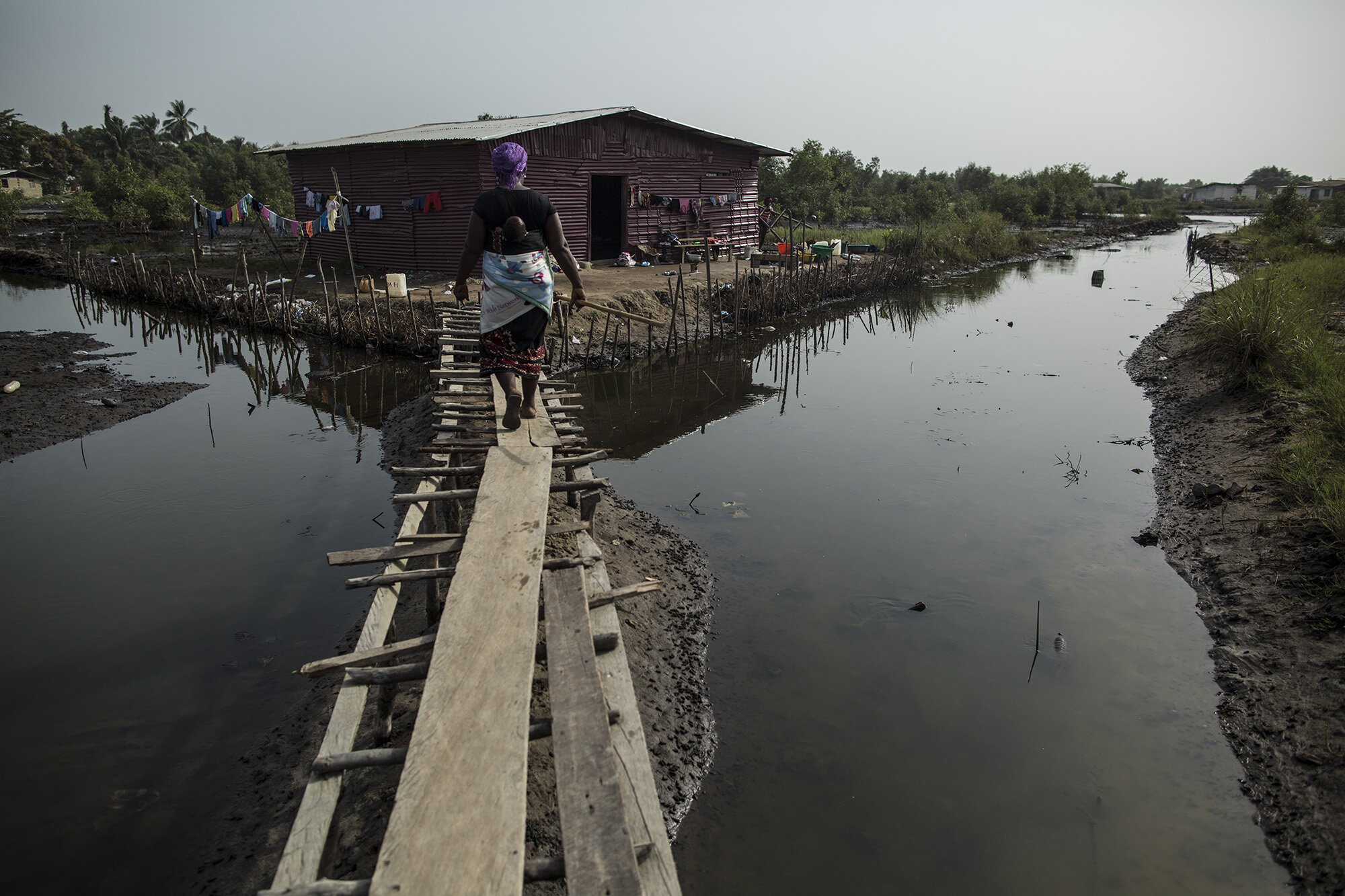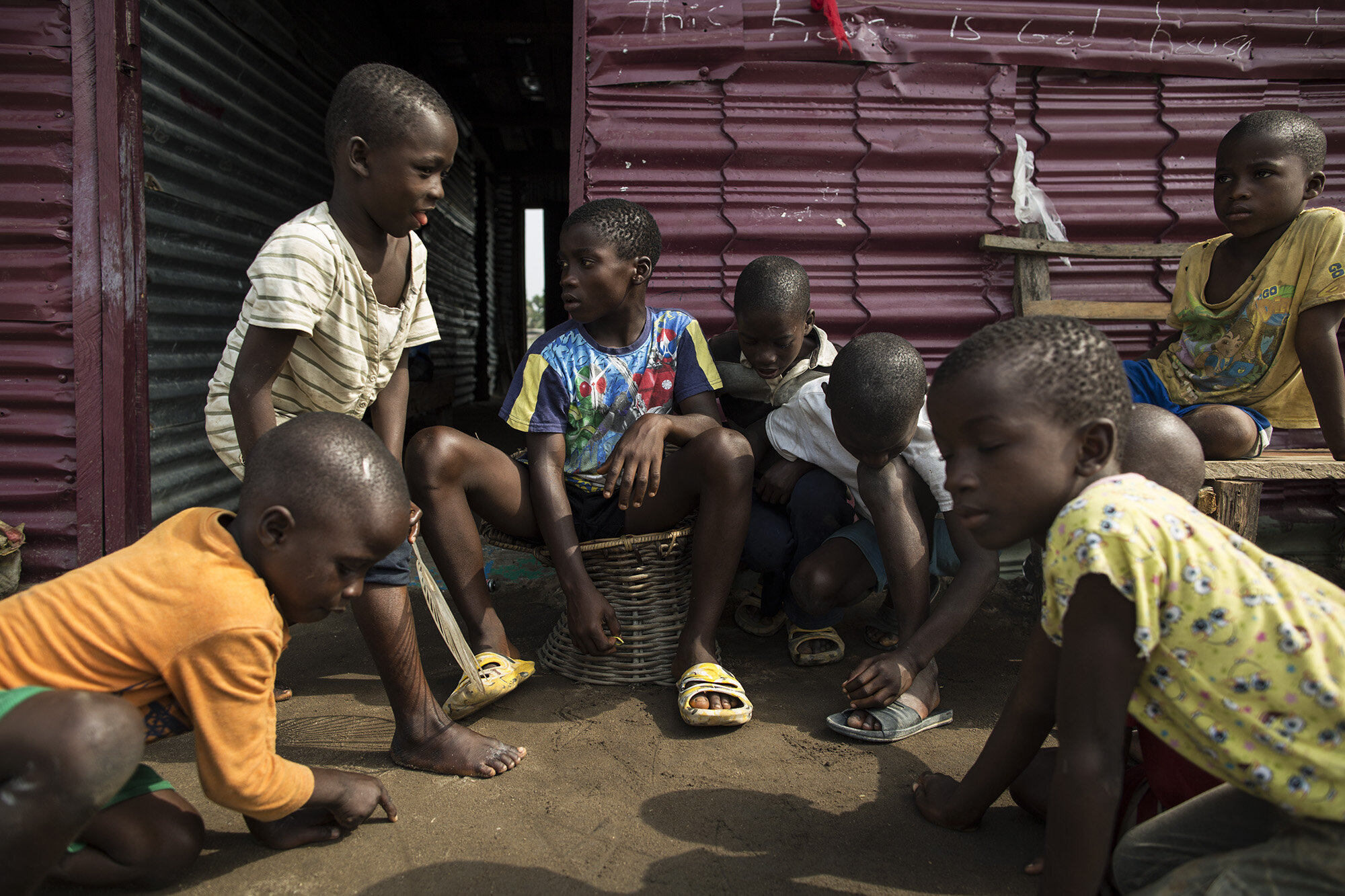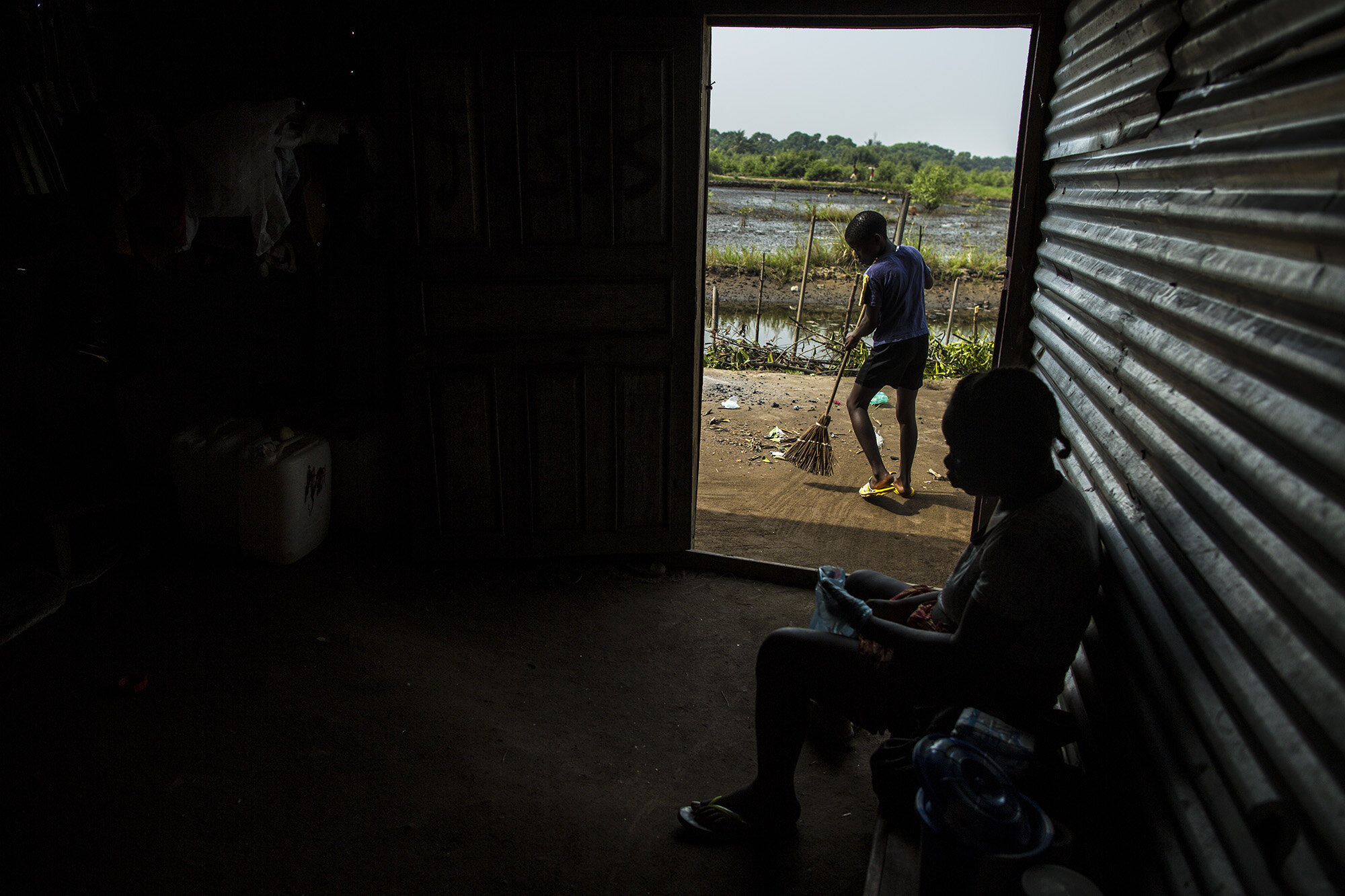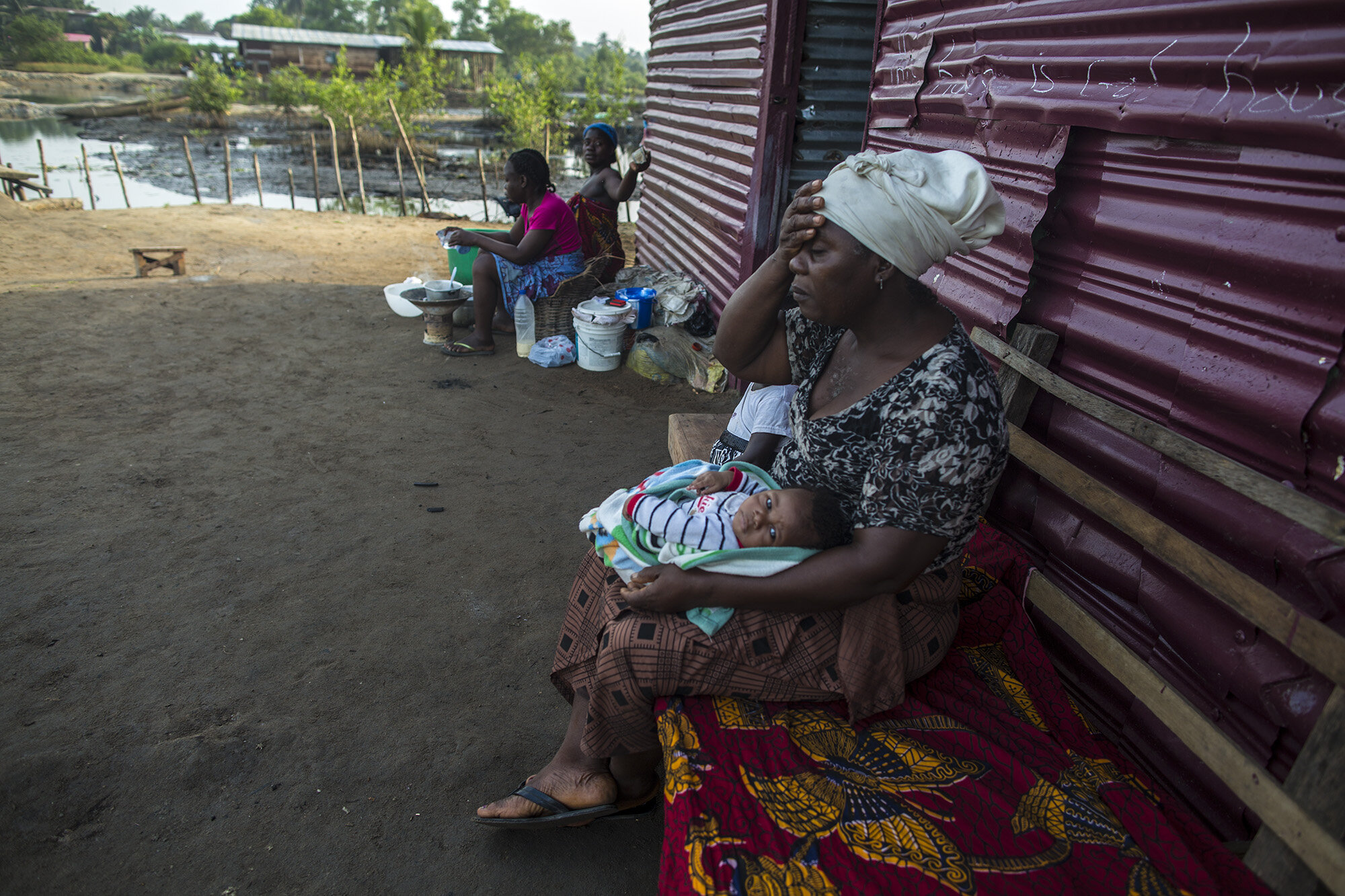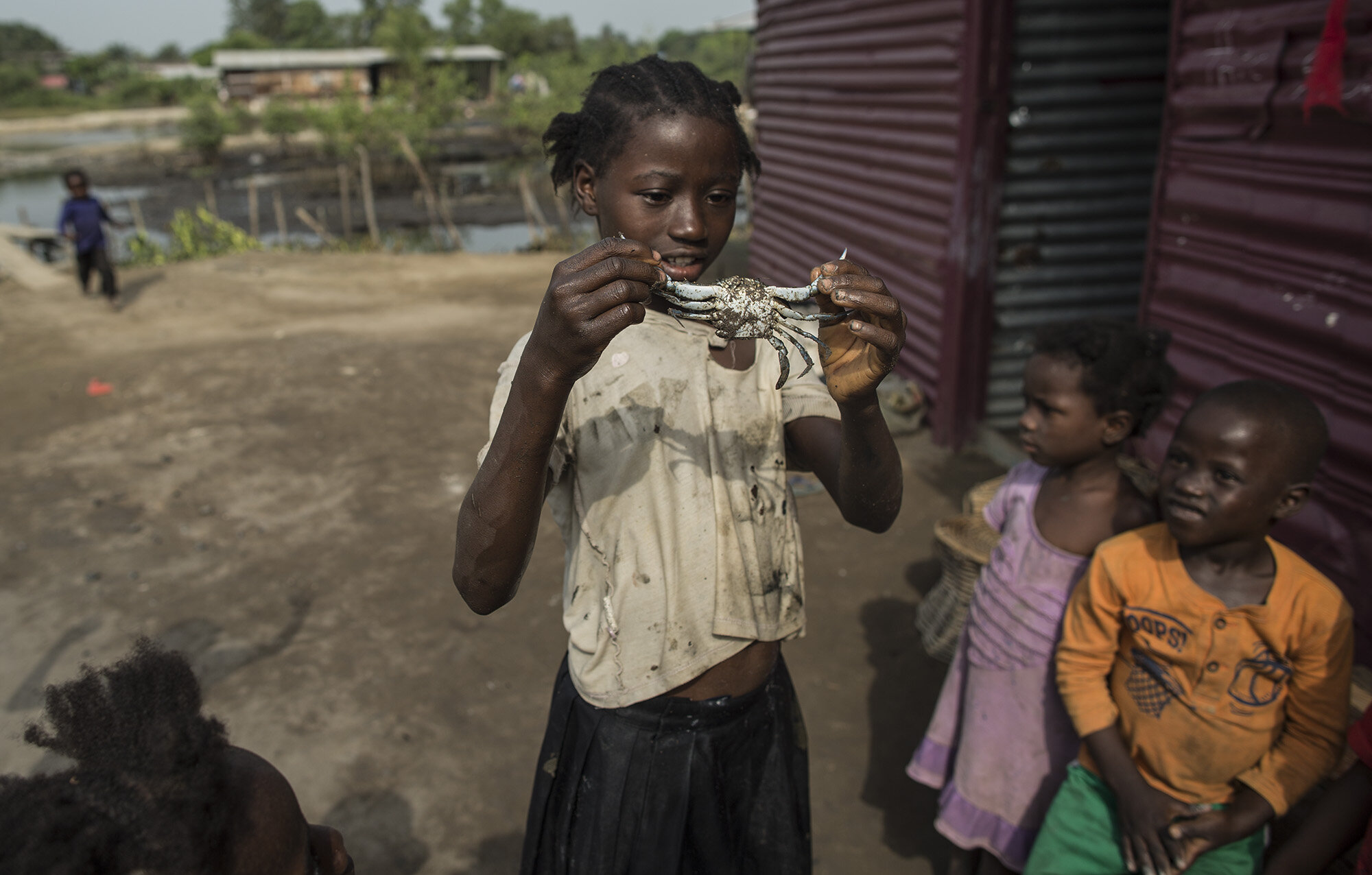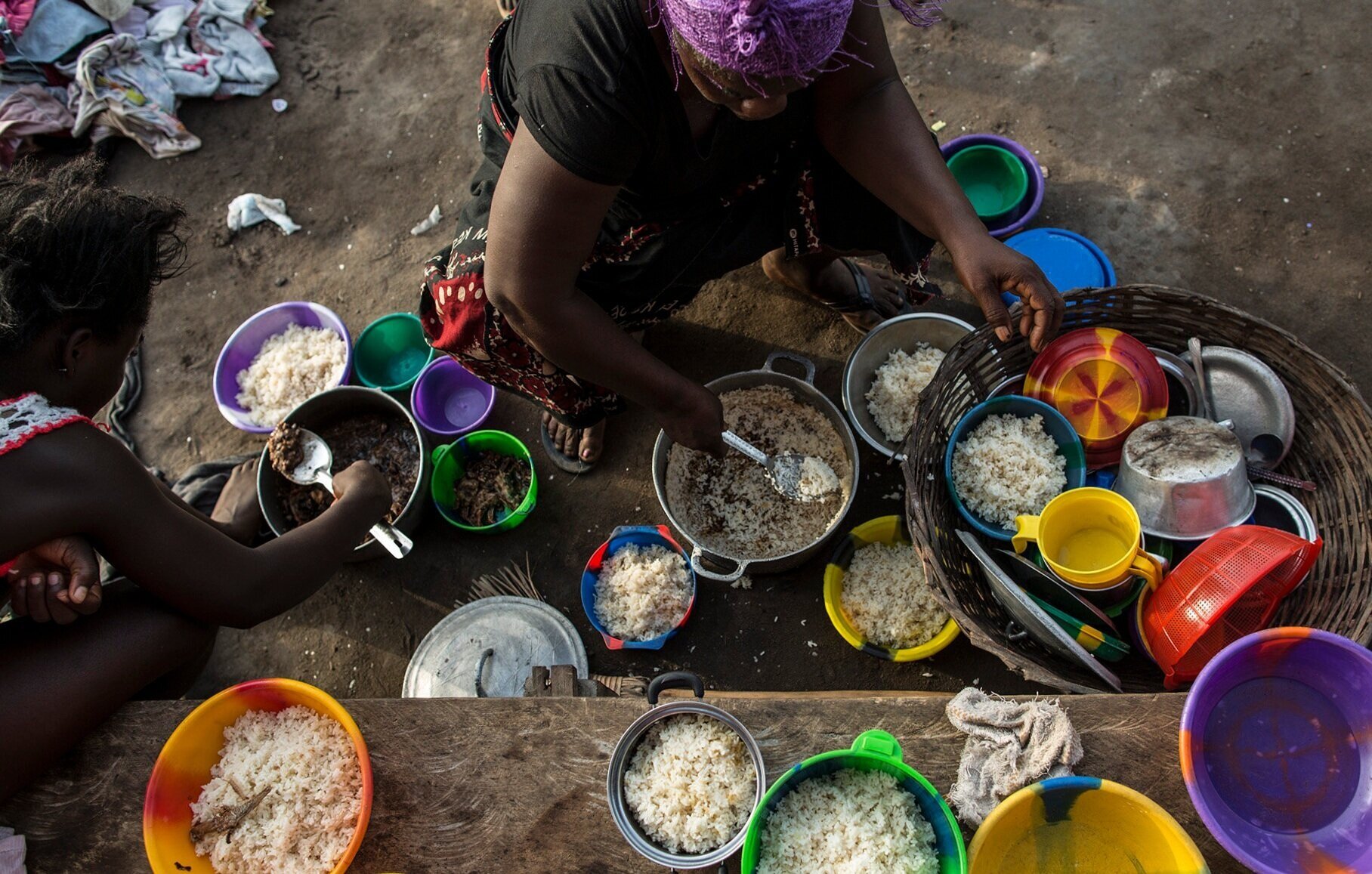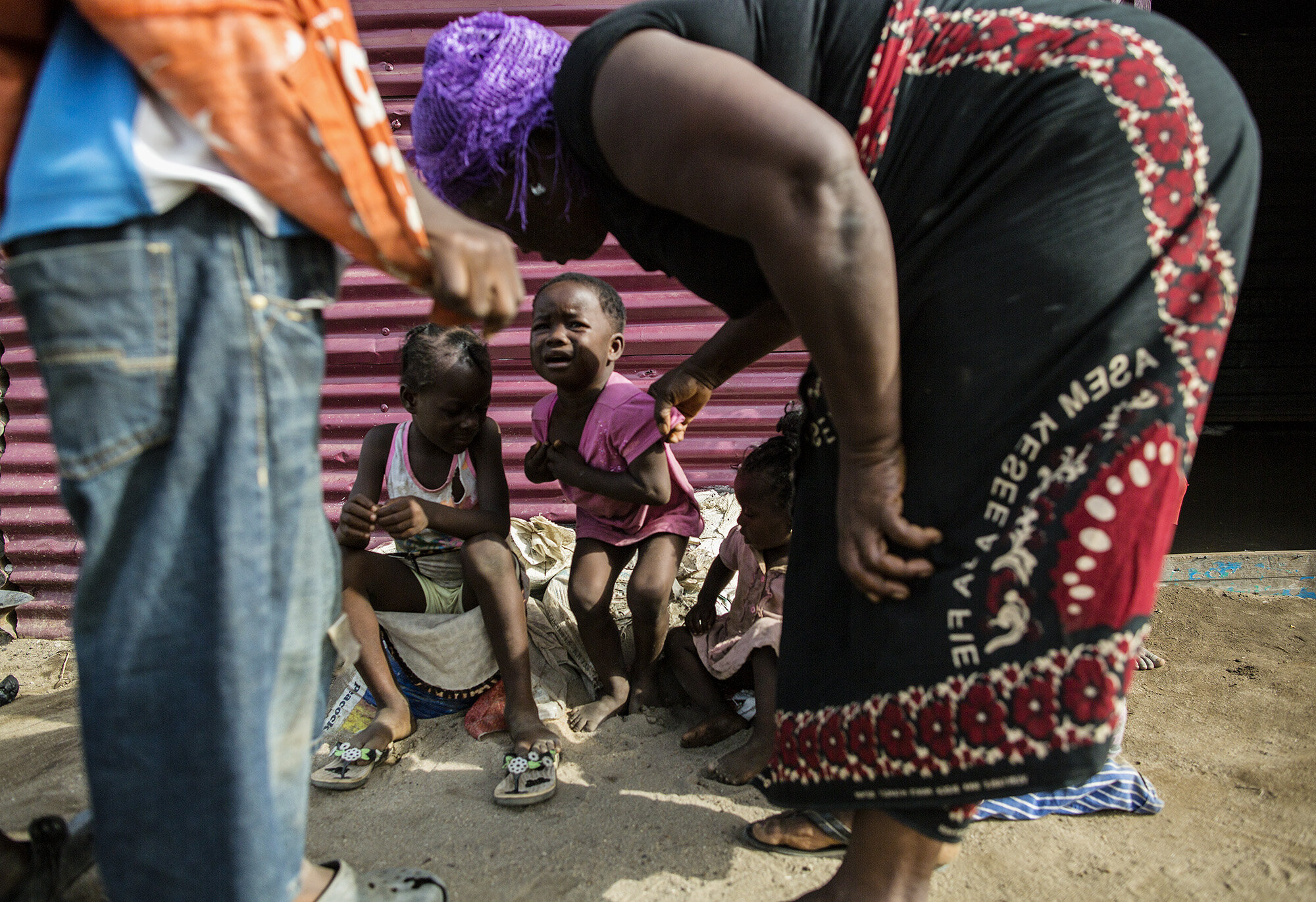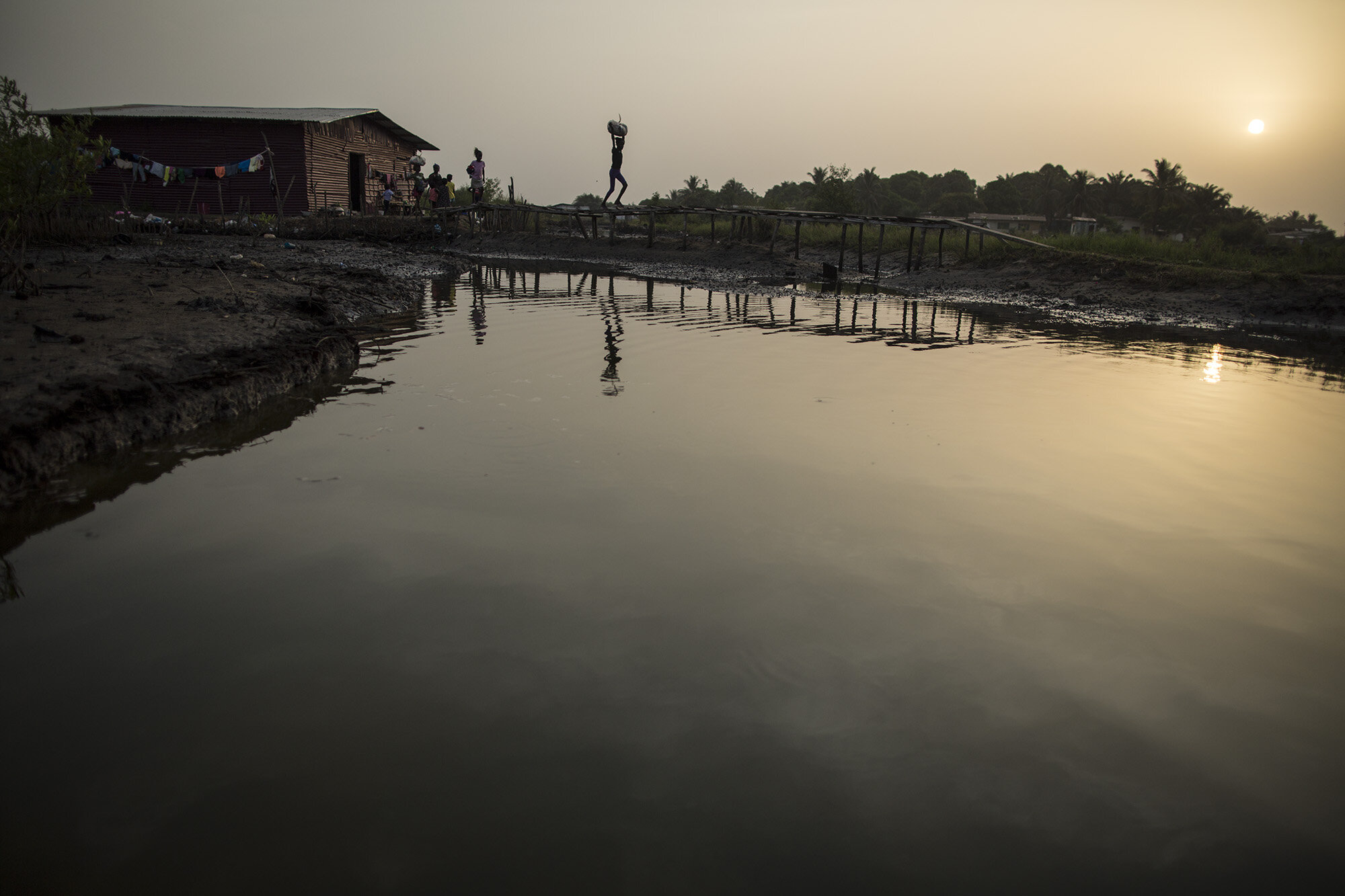REBUILDING AFTER EBOLA
When Mary Howard’s daughter first came down with an illness in 2014, she took care of her and dismissed the idea that it could be Ebola. As her condition worsened, she was taken to an Ebola Treatment Unit where tests confirmed she was positive with the virus. Shortly after, Mary and her husband both started to show symptoms.
Mary survived but her husband and daughter passed away from the disease.
Upon her return to the community where she had been living, Mary and her children were no longer welcome. She also could not afford to stay at her home and provide for her children with the income she received from selling used clothing. She decided to move her family to her sister’s home, but was later asked to leave.
Unable to afford land, Mary's cousin gave her property in the Snow Hill Community to build in the swamp area. The location was not ideal due to the risk of flooding but she had to find a home for her family.
She says, "Anything I could at the time for me and my children to survive, that's what I was doing." She was able to find support to help fund her scrap metal house.
Mary is currently living with her nine children and grandchildren. To support herself and her family, she sells used clothing near the Gardnersville Market near her home. Howard received support from the Ministry of Gender and UNICEF to help with schooling and other financial obligations but it has now stopped.
Two years after moving to the swamp area in the Snow Hill Community, Mary says she is still living hand to mouth. Having had only a little education, she is not able to find a better job to provide for her family. Still, she says " I am managing."




